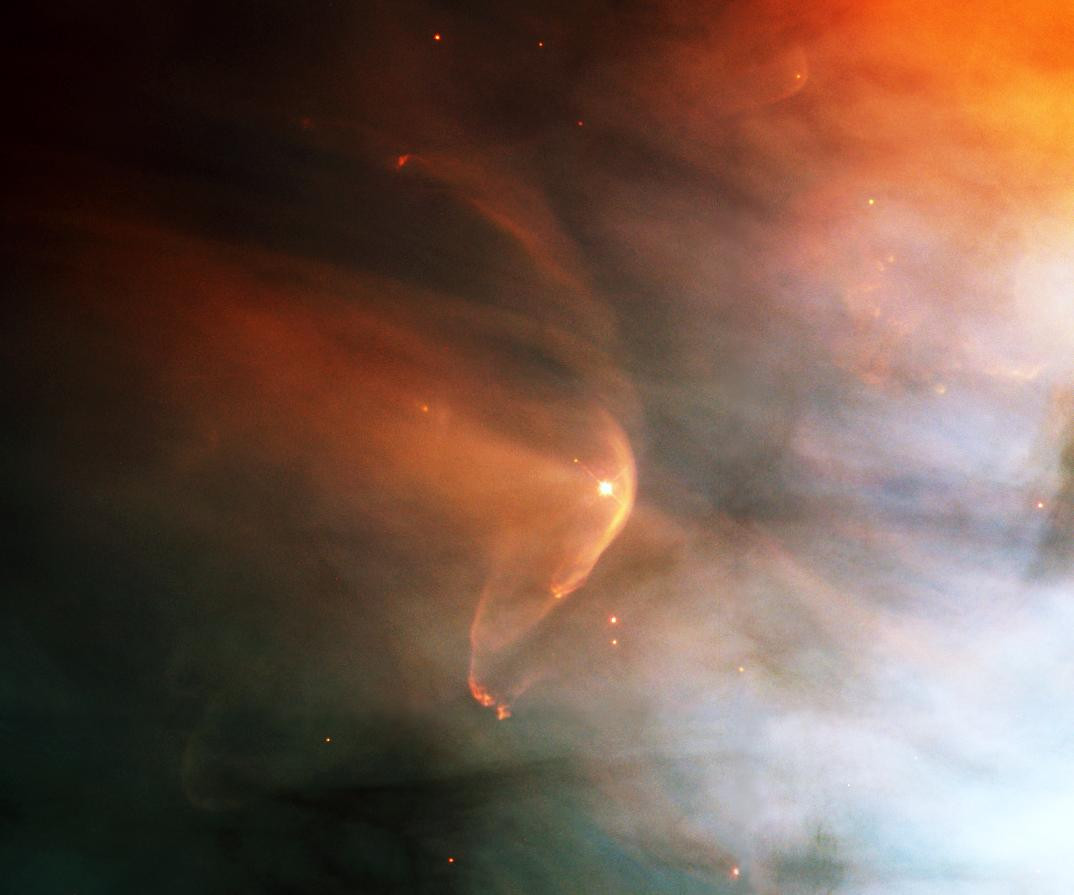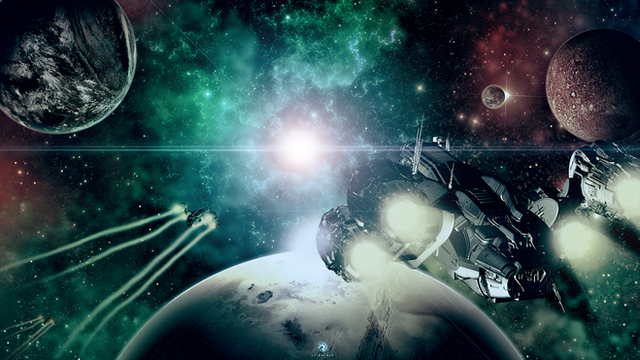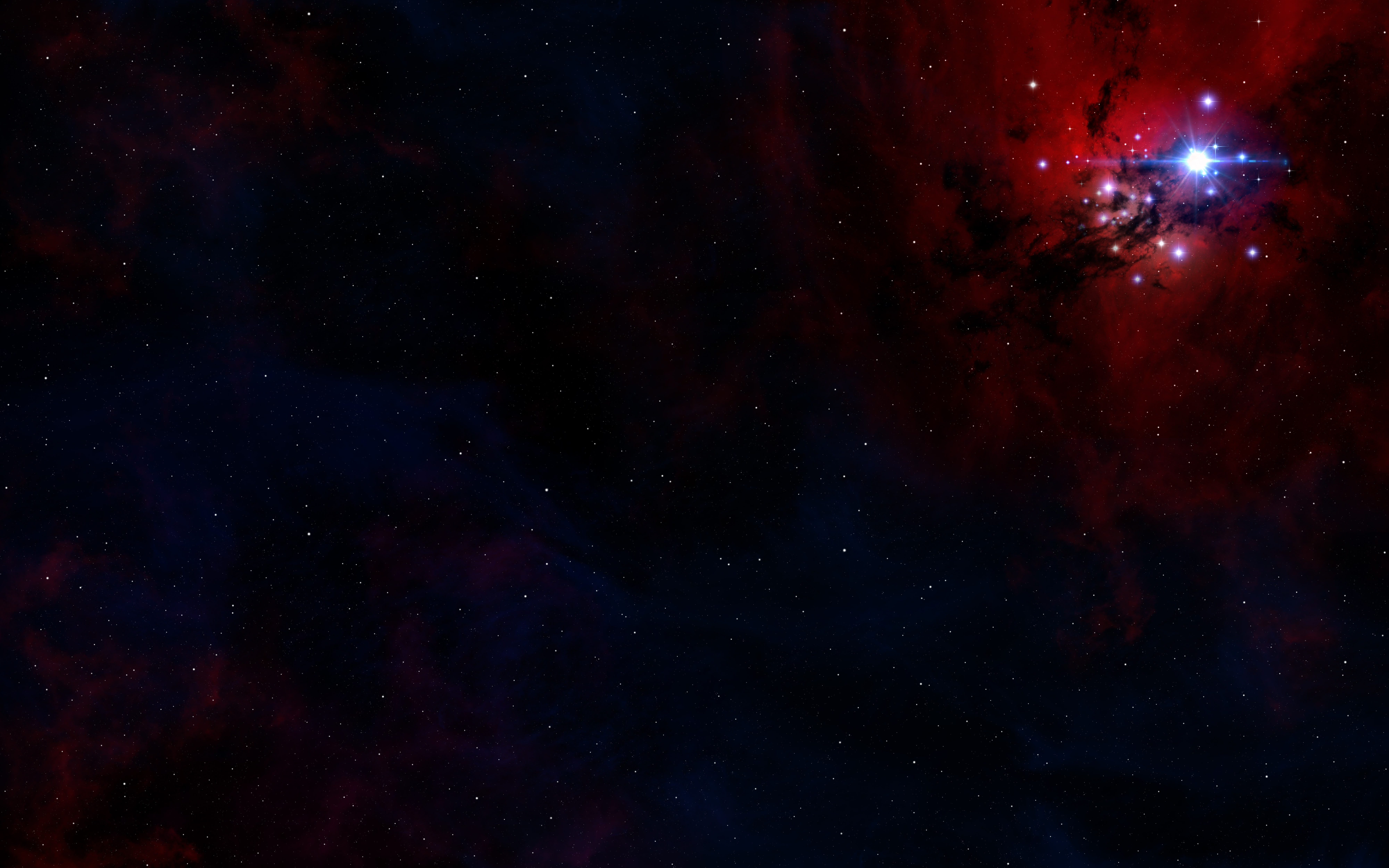HOME | DD
 MoRoom — Wide Open Space (Background)
MoRoom — Wide Open Space (Background)

#background #nasa #resources #scifi #space #stock #desktopbackground #desktopwallpaper #sciencefiction #scifisciencefiction #spaceart #spacescape #spacescapes #spacescene #spacescenery #spacescifi #wallpaper #wallpaperbackground #resourcesstock #spaceartwork #stockreference #spacesciencefiction #resourcesphotoshop #desktopwallpaperbackground #moroom
Published: 2018-09-01 18:50:55 +0000 UTC; Views: 1430; Favourites: 79; Downloads: 39
Redirect to original
Description
Picture by NASA: images-assets.nasa.gov/image/PIA04227/PIA04227~orig.jpgSecondary Creator Credit: NASA and the Hubble Heritage Team STScI/AURA
Orion Nebula, (catalog numbers NGC 1976 and M 42), bright diffuse nebula, faintly visible to the unaided eye in the sword of the hunter’s figure in the constellation Orion. The nebula lies about 1,350 light-years from Earth and contains hundreds of very hot (O-type) young stars clustered about a nexus of four massive stars known as the Trapezium. Radiation from these stars excites the nebula to glow. It was discovered in 1610 by the French scholar Nicolas-Claude Fabri de Peiresc and independently in 1618 by the Swiss astronomer Johann Cysat. It was the first nebula to be photographed (1880), by Henry Draper in the United States.
Centre of the Orion Nebula (M42).Astronomers have identified some 700 young stars in this 2.5-light-year-wide area. They have also detected over 150 protoplanetary disks, or proplyds, which are believed to be embryonic solar systems that will eventually form planets. These stars and proplyds generate most of the nebula's light. This picture is a mosaic combining 45 images taken by the Hubble Space Telescope.
Related content
Comments: 3

Just another incredible science image (2002) from that great Hubble space telescope; and the Hubble Heritage Team (STScI & AURA), with this Orion investigation led by CR O'Dell of Rice University, Houston, Texas, USA.
The central O type star, LL Ori, radiates mightily in strong ultra-violet. These emissions bend in a surrounding glowing shock-front as it collides with the streaming surrounding interstellar gasses, gas emitted from the slightly older stars of the region; streaming out from the more active brighter region on the right. Similar shock-fronts are visible; close on the upper left; and to the higher upper right, of the image.
The star-cross features of the central star are artifacts of the Hubble telescope internal optical mountings.
Thanks for that MoRoom. Cheers.
👍: 0 ⏩: 1

Thanks and you're welcome. And thank you really much for the extra information
👍: 0 ⏩: 1

You're welcome too sport; Cheers.
👍: 0 ⏩: 0
























